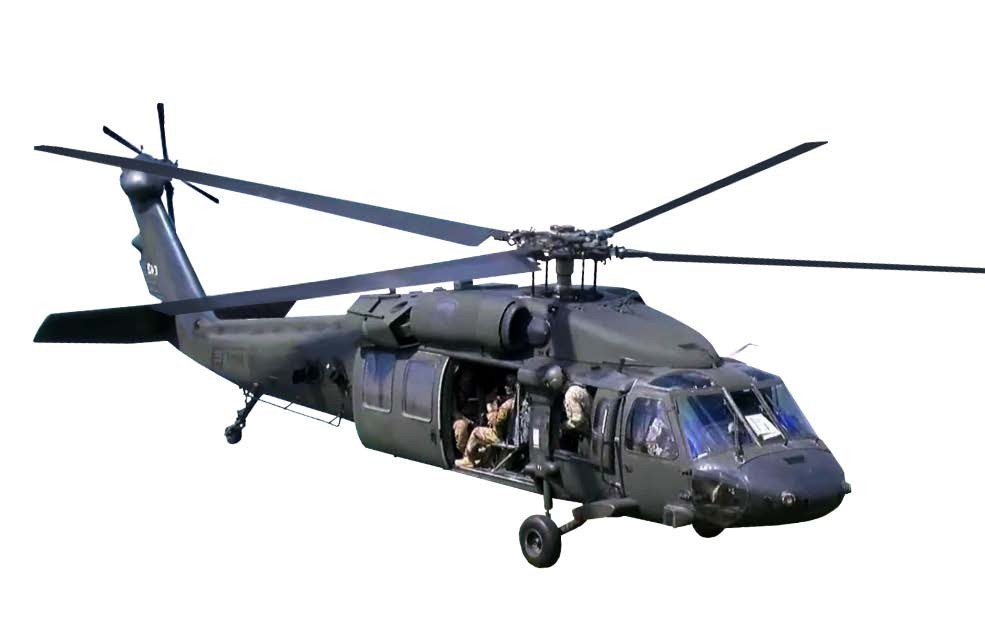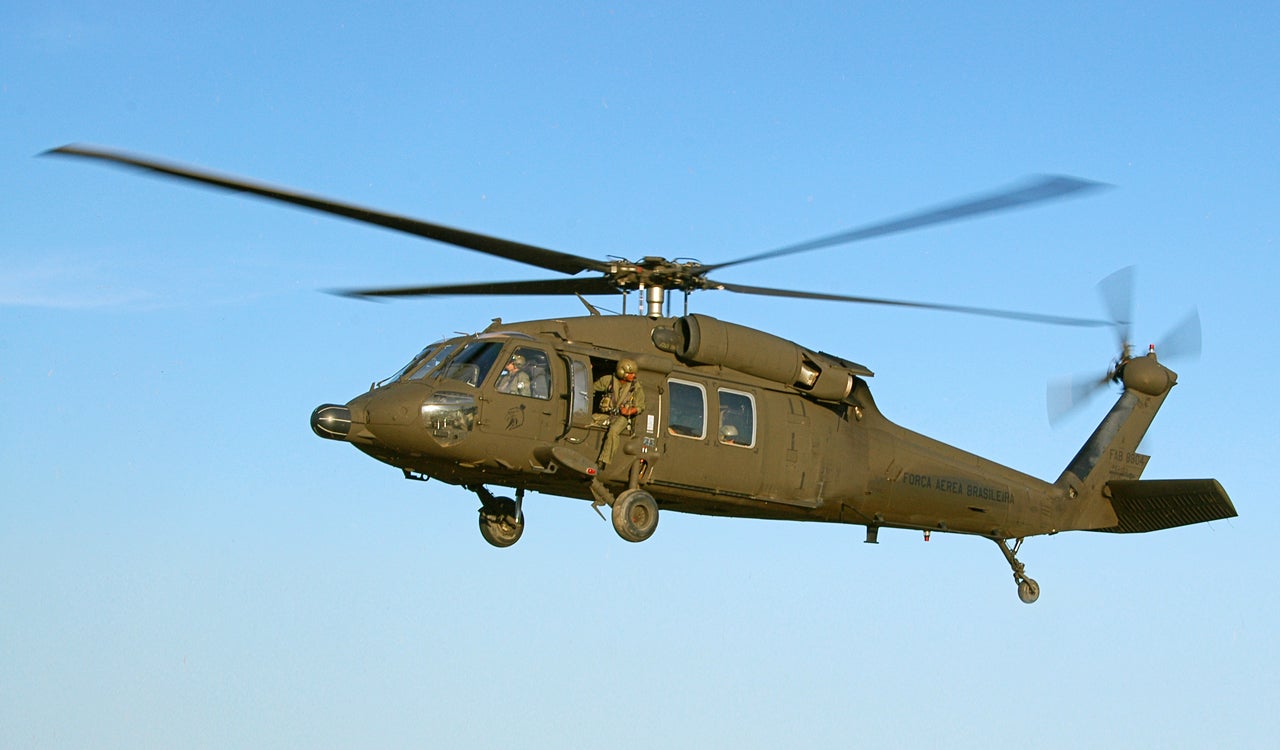Upkeep and Maintenance for UH 60 Helicopters
Upkeep and Maintenance for UH 60 Helicopters
Blog Article
The Effect of Sustainable Practices on the Future of Airplane Procedures and Emissions Decrease
As the air travel industry encounters raising examination over its ecological impact, the fostering of sustainable methods becomes an important pathway towards future airplane operations and emissions decrease. Innovations in lasting aviation fuels and innovations in crossbreed propulsion innovations stand at the forefront of this improvement, encouraging significant decreases in greenhouse gas emissions. Nevertheless, the successful combination of these efforts rests on a variety of variables, including governing structures and industry cooperation. The question continues to be: exactly how will these advancing practices reshape the characteristics of flight and contribute to a much more lasting future?

Summary of Lasting Practices
Lasting techniques in airplane procedures incorporate a range of methods focused on minimizing environmental impact while keeping operational efficiency. These methods are vital in the air travel market's commitment to reducing its carbon footprint and sticking to international ecological criteria. Secret initiatives consist of enhancing trip courses to minimize gas intake, boosting upkeep methods to make certain airplane run at peak effectiveness, and implementing advanced modern technologies such as winglets and light-weight materials that enhance the rules of aerodynamics.

Engaging and training staff on sustainability practices likewise play an important function, cultivating a society of environmental responsibility within companies. On the whole, the integration of these lasting practices not only helps in reducing emissions but likewise improves the long-lasting feasibility of the aeronautics market, guaranteeing it meets the demands of both clients and regulatory bodies while adding to global sustainability goals.
Innovative Fuel Alternatives
Many ingenious gas choices are emerging as critical services to lower the aviation market's reliance on conventional fossil fuels. Among these choices, Sustainable Aviation Gas (SAFs) have acquired considerable interest due to their possible to decrease lifecycle greenhouse gas emissions by up to 80% contrasted to traditional jet fuels. SAFs are originated from numerous feedstocks, including waste oils, agricultural deposits, and also algae, making them a flexible choice for the industry.
One more promising alternative is hydrogen gas, which, when made use of in gas cells, produces just water vapor as a byproduct. This zero-emission prospective presents a considerable possibility for decarbonizing flight procedures, specifically for short-haul flights and regional airplane. Additionally, electric propulsion systems are being discovered, leveraging battery modern technology to power airplane. While current battery capability limits array and haul, continuous developments might soon make electric flights viable for details applications - uh 60.
Lastly, biofuels acquired from biomass are being investigated, supplying a sustainable choice that can be blended with typical gas. Collectively, these cutting-edge gas alternatives stand for a vital step towards achieving a lasting air travel ecosystem, straightening with worldwide exhausts decrease targets and boosting the industry's ecological stewardship.
Technological Advancements in Air Travel

Exactly how can technological improvements improve the future of aviation? The combination of cutting-edge modern technologies is critical in changing aircraft procedures, enhancing effectiveness, and lowering emissions. Advancements such as electric and hybrid propulsion systems are at the center, promising considerable reductions in fuel intake and greenhouse gas exhausts. These systems utilize innovations in battery modern technology and power management, allowing airplane to run with a reduced environmental footprint.
Furthermore, the execution of sophisticated materials, such as light-weight composites, adds to improved aerodynamics and gas performance. Using man-made knowledge and device learning in flight procedures enhances route preparation and reduces gas shed by enabling real-time adjustments based on weather condition and web traffic conditions. Furthermore, the advancement of autonomous and from another location piloted airplane systems stands to transform cargo and passenger transport, possibly boosting efficiency while lessening human mistake.
Moreover, lasting aviation modern technologies, including sophisticated air traffic administration systems, can simplify operations and minimize blockage, bring about reduced exhausts throughout trip. These improvements jointly represent a standard change in aeronautics, guaranteeing a future where sustainability and operational performance are intertwined, therefore sustaining the industry's dedication to lowering its environmental influence.

Regulative Structure and Compliance
Taking into account the expanding emphasis on ecological stewardship within the air travel sector, the regulatory framework regulating airplane procedures is advancing to advertise lasting methods. Regulative bodies, such as the International Civil Air Travel Organization (ICAO) and different national aviation authorities, are presenting stringent standards aimed at reducing discharges and boosting functional performance.
These laws often include the fostering of Lasting Air travel Fuel (SAF), which has actually been recognized as a crucial part in accomplishing lower carbon impacts. Compliance with these laws needs airlines to carry out advanced technologies and functional methods, such as optimized flight paths and boosted air web traffic monitoring, to lessen gas intake.
Additionally, the enforcement of exhausts trading systems and carbon balancing out efforts is coming to be progressively prevalent, compelling airline companies go to the website to keep an eye on and report their emissions precisely. Non-compliance can result in considerable fines, therefore pressing drivers to prioritize sustainability in their organization designs.
Inevitably, the developing governing try these out landscape not just drives advancement and investment in eco-friendly modern technologies but also cultivates a culture of responsibility within the aeronautics industry. As these frameworks remain to establish, the emphasis on lasting practices will certainly be indispensable to achieving the sector's lasting environmental objectives.
Future Fads in Aircraft Workflow
As the aeronautics sector adapts to an increasingly strict governing setting, future fads in aircraft procedures are readied to concentrate on innovative services that better boost sustainability and efficiency - uh 60. Key advancements will likely consist of the fostering of innovative air traffic monitoring systems, which make use of real-time data and artificial intelligence to optimize trip paths, decreasing fuel usage and discharges
An additional considerable pattern is the boosted assimilation of lasting aeronautics fuels (SAFs) These options to conventional jet gas, stemmed from sustainable sources, can considerably reduce lifecycle greenhouse gas discharges. The industry's dedication to SAFs will likely increase as airline companies team up with gas producers to guarantee accessibility and cost-effectiveness.
Additionally, the press in the direction of electrification and crossbreed propulsion systems is obtaining energy. Arising airplane styles will incorporate these innovations, supplying quieter and extra effective operations, especially for short-haul flights.
Verdict
To conclude, the combination of lasting techniques in airplane operations holds considerable possibility for emissions reduction and boosted effectiveness. The adoption of lasting air travel fuels, paired with improvements in hybrid and electrical propulsion systems, is necessary for lessening lifecycle greenhouse gas discharges. Enhancing trip courses and embracing innovative innovations add to a quieter and more environmentally friendly aviation industry. Jointly, these efforts straighten with worldwide sustainability objectives and pave the means for a greener future in air travel.
Technologies in sustainable aeronautics fuels and improvements in crossbreed propulsion technologies stand at the forefront of this transformation, encouraging significant reductions in greenhouse gas emissions.Many ingenious fuel options are arising as pivotal services to lower the aviation industry's reliance on standard fossil gas - uh 60. Amongst these alternatives, Sustainable Air travel Fuels (SAFs) have actually obtained substantial interest due to their potential to lower lifecycle greenhouse gas discharges by up to 80% compared he has a good point to traditional jet fuels.Another substantial fad is the enhanced combination of lasting aeronautics fuels (SAFs) The fostering of sustainable aeronautics gas, paired with advancements in hybrid and electrical propulsion systems, is crucial for reducing lifecycle greenhouse gas exhausts
Report this page